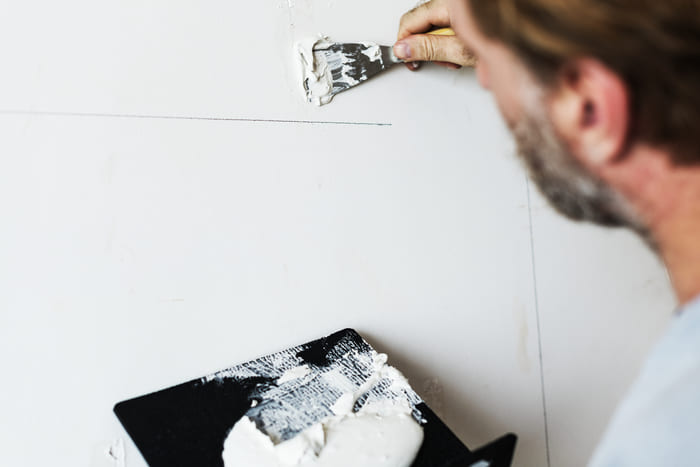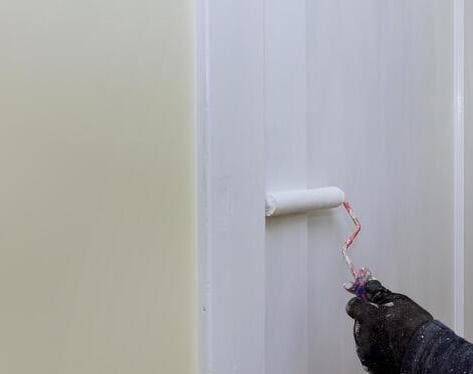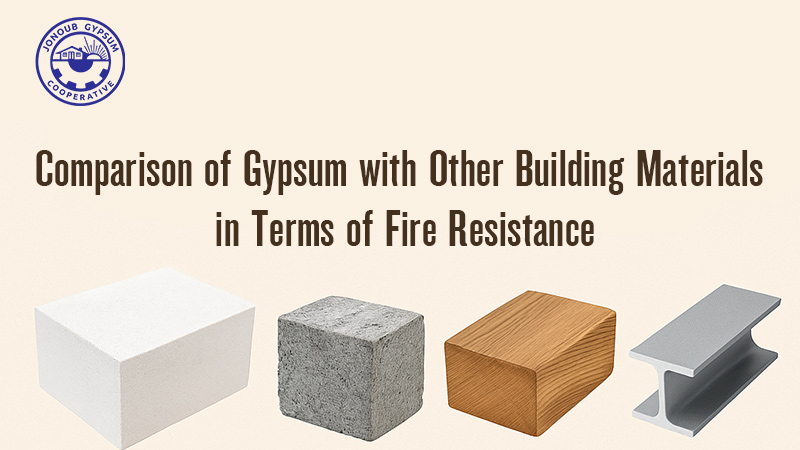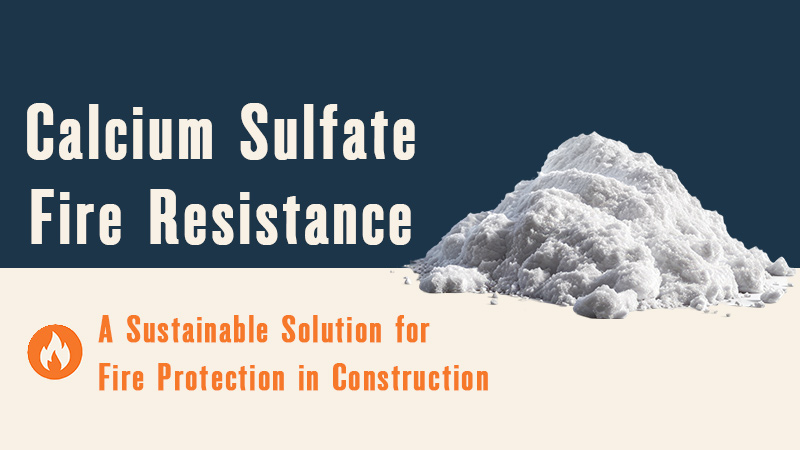
Most Asked Questions About Gypsum Plaster: Everything You Need to Know
Gypsum plaster is a popular building material that has gained immense popularity due to its versatility, ease of use, and superior finish. From construction professionals to homeowners, many people have questions about this remarkable material. In this article, we answer the most frequently asked questions about gypsum plaster to help you better understand its uses, benefits, and application techniques.
Gypsum plaster is a white, powdery material made by heating gypsum, a naturally occurring mineral. When mixed with water, gypsum sets and hardens to form a smooth surface. It is widely used for finishing walls and ceilings, providing a clean, polished look that enhances the aesthetics of any space.
2. What are the main advantages of using gypsum plaster?
Gypsum plaster offers several advantages over traditional cement plaster, including:
- Quick Setting Time: It sets faster than cement plaster, making it ideal for projects with tight deadlines.
- Smooth Finish: Gypsum plaster provides a seamless, polished surface that is paint-ready.
- Lightweight: It reduces the overall load on the structure.
- No Curing Required: Unlike cement plaster, gypsum plaster does not need water curing, saving time and resources.
- Thermal Insulation: It enhances energy efficiency by providing excellent thermal insulation.
- Crack Resistance: Gypsum plaster has good flexibility, which helps in preventing cracks.
3. What are the disadvantages of gypsum plaster?
While gypsum plaster has many benefits, it also has some limitations:
- Moisture Sensitivity: Gypsum plaster is not suitable for areas exposed to high moisture, such as bathrooms and kitchens, as it tends to absorb water and lose strength.
- Cost: It is generally more expensive than cement plaster.
- Durability Issues: In very humid environments, gypsum plaster may degrade over time.
4. How is gypsum plaster applied?

The process of applying gypsum plaster involves the following steps:
- Surface Preparation: Ensure that the surface is clean, free from dust, and slightly rough for better adhesion.
- Mixing: Add gypsum powder to water in the correct ratio and mix thoroughly to achieve a uniform, lump-free paste.
- Application: Use a trowel to apply the plaster evenly on the surface, starting from the top and working downward.
- Leveling: Level the surface using a straight edge or aluminum strip to ensure uniform thickness.
- Finishing: Smooth out the surface with a trowel for a polished look.
- Drying: Allow the plaster to dry completely before painting or applying any finishes.
5. What is the drying time of gypsum plaster?
Gypsum plaster typically takes 24-72 hours to dry completely, depending on the ambient temperature, humidity, and thickness of the layer. For best results, ensure proper ventilation during the drying process.
6. Can gypsum plaster be used for external walls?
No, gypsum plaster is not suitable for external walls because it is not water-resistant. Exposure to rain or excessive moisture can weaken the plaster, causing it to crumble. For external applications, cement plaster or other moisture-resistant materials are recommended.
7. Is gypsum plaster safe for health?
Yes, gypsum plaster is safe for health when handled properly. It is a non-toxic material that does not emit harmful gases. However, prolonged inhalation of gypsum dust during application may cause respiratory irritation, so wearing a dust mask and ensuring proper ventilation is recommended.
8. What is the cost of gypsum plaster compared to cement plaster?
Gypsum plaster is generally more expensive than cement plaster due to its superior quality and faster application process. However, its advantages, such as reduced labor costs, no curing requirement, and high-quality finish, often justify the higher initial investment.
9. Can gypsum plaster be painted directly?

Yes, gypsum plaster provides an exceptionally smooth surface that is ideal for painting. Its fine texture and seamless finish eliminate the need for additional sanding or preparation, saving time and effort. However, to achieve the best results, it is highly recommended to apply a primer before painting.
A primer helps to seal the porous surface of the plaster, preventing the paint from being absorbed unevenly and ensuring a more vibrant and long-lasting finish. Additionally, the primer enhances the adhesion of the paint to the plaster, reducing the chances of peeling or flaking over time. With proper preparation, gypsum plaster can deliver a flawless painted surface that complements any interior design.
10. Can gypsum plaster be repaired if damaged?
Yes, gypsum plaster is relatively easy to repair. Minor cracks or dents can be filled with additional gypsum plaster or a patching compound. For larger repairs, the damaged area can be scraped off, and a new layer of plaster can be applied.
11. What is the shelf life of gypsum plaster?
Gypsum plaster has a shelf life of 3-6 months when stored in a cool, dry place away from moisture. It is crucial to keep the material in its original packaging and ensure it is not exposed to air or humidity, which can affect its performance.
12. How does gypsum plaster contribute to sustainable construction?
Gypsum plaster is an environmentally friendly material for several reasons:
- Low Energy Consumption: The production process of gypsum plaster requires less energy compared to cement.
- Recyclability: Gypsum is a recyclable material, reducing construction waste.
- Reduced Water Usage: Since no curing is required, gypsum plaster helps conserve water during construction.
13. Is gypsum plaster fire-resistant?
Gypsum plaster has excellent fire resistance due to its non-combustible nature. It contains water in crystalline form, which, when exposed to high heat, releases moisture and delays the spread of flames, offering added safety in buildings.
14. What is the ideal thickness for gypsum plaster?
The ideal thickness of gypsum plaster ranges from 6 mm to 20 mm, depending on the surface and application. For ceilings, a thickness of 6-12 mm is sufficient, while walls may require 12-20 mm.
Conclusion
Standard gypsum plaster is a versatile and efficient material widely used in modern construction. Its quick application, smooth finish, and thermal properties make it a preferred choice for walls and ceilings. While it has certain limitations, understanding its properties and applications can help you make the most of this remarkable material.
By addressing these frequently asked questions, we hope to have provided a comprehensive overview of gypsum plaster. Whether you are planning a home renovation or a large-scale construction project, gypsum plaster is a reliable option worth considering. In upcoming articles, we will attempt to explore the answers to each of the above questions in detail.







